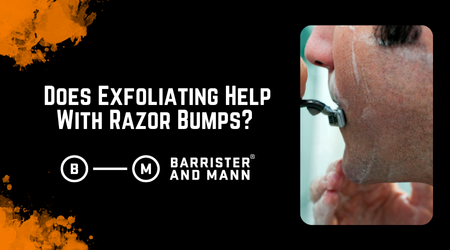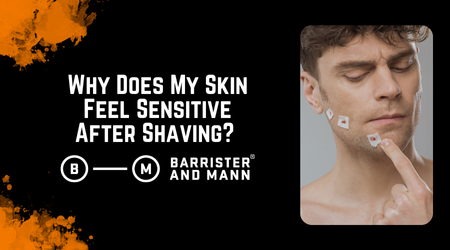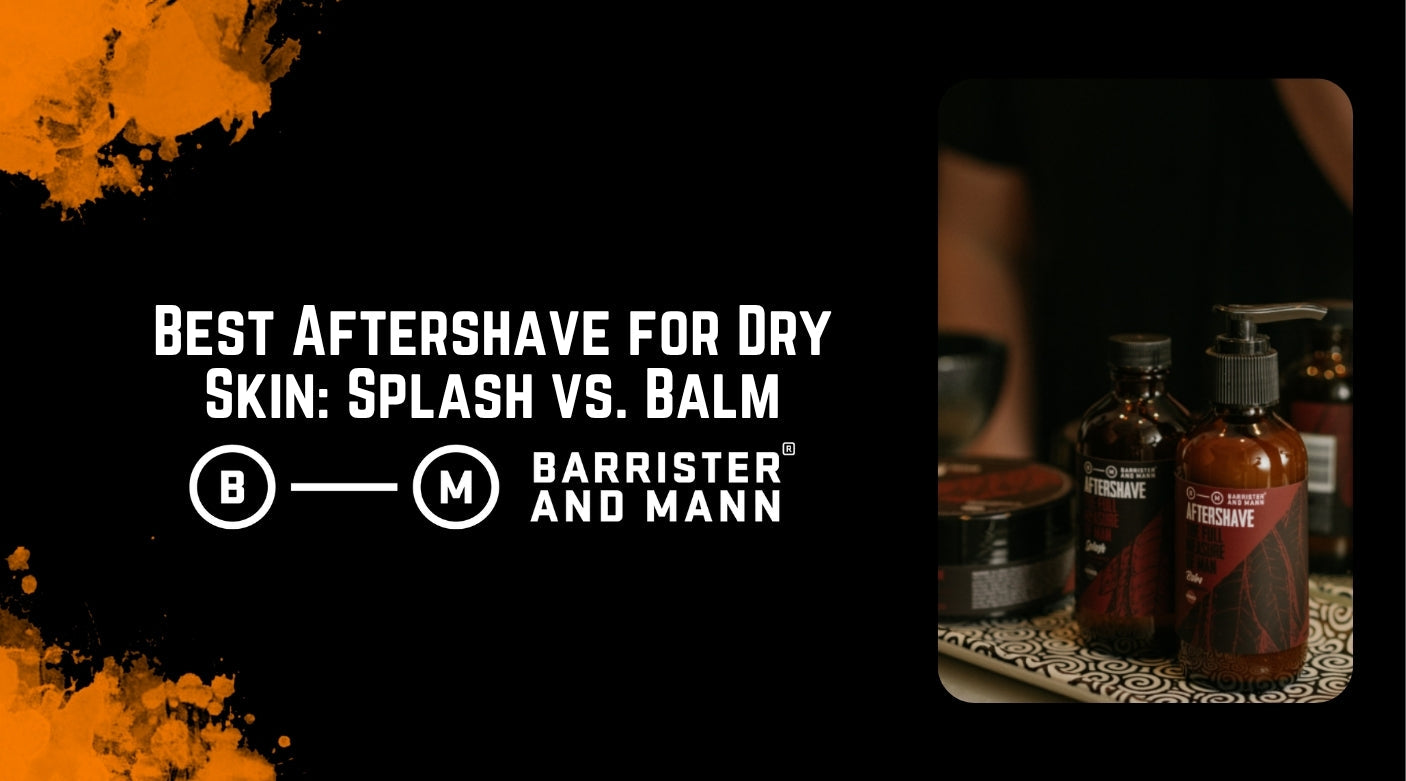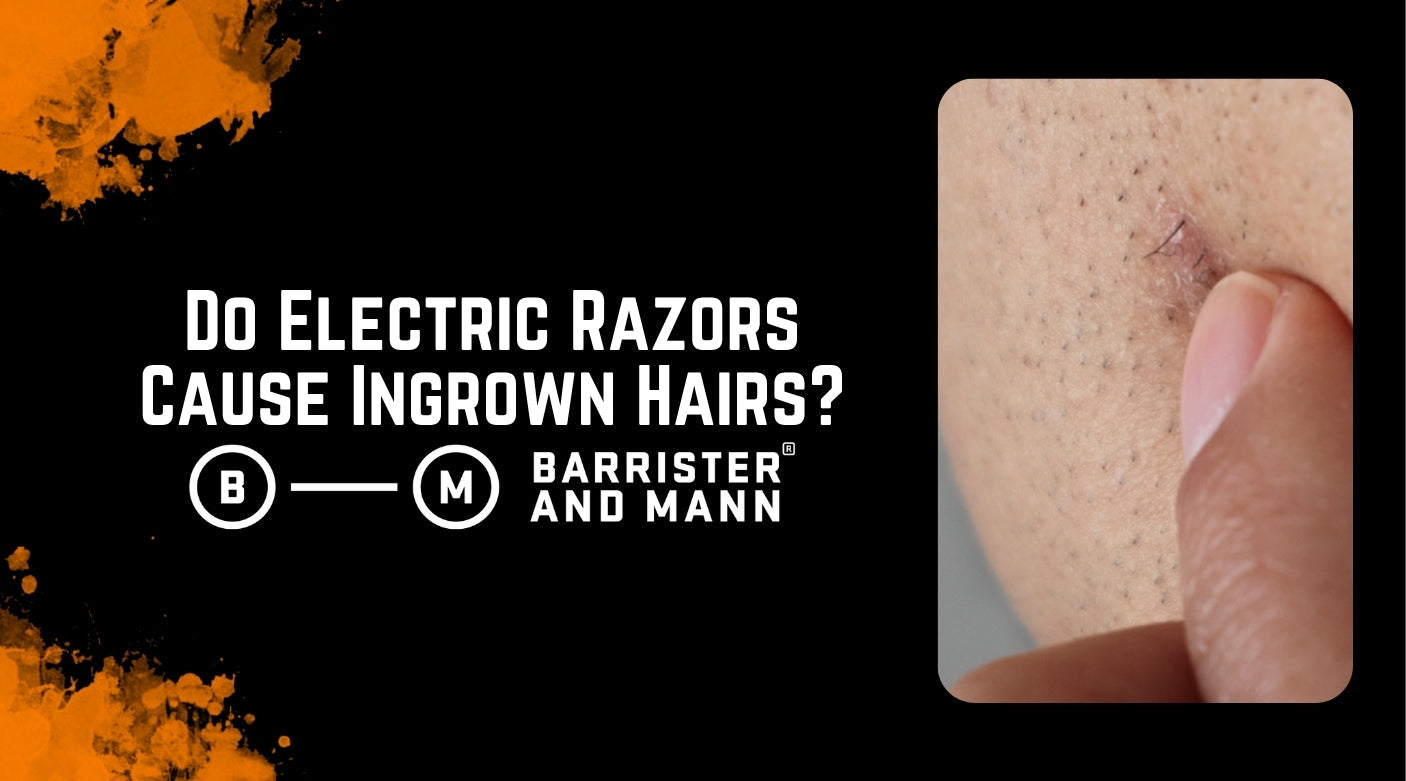News
How to Use a Shaving Brush | The Ritual Of Shaving
A shaving brush lifts hair, builds lather, and softens skin for a smoother, more comfortable shave. It is essential for anyone who wants better glide,...
How to Store Shaving Soap for Longevity & Performance
To store shaving soap correctly, let it dry completely before sealing, keep it in a cool, dry spot, and avoid damp areas. Proper care preserves...
Does Exfoliating Help With Razor Bumps?
Exfoliating clears dead skin and helps free trapped hairs before they can become ingrown. When done right, it improves shave quality, reduces inflammation, and makes...
Why Your Skin Feels Sensitive After Shaving
Skin feels sensitive after shaving because the razor disrupts your skin’s protective barrier, removes natural oils, and can create tiny abrasions that leave it vulnerable...
Is Shaving Cream Bad for Your Skin?
Shaving cream is not inherently bad for your skin, but many commercial formulas are. Aerosol foams often contain drying alcohols and synthetic detergents. Brushless creams...
Does Aftershave Dry Out Skin? The Truth Behind the Sting
Yes, aftershave splash can dry out your skin. But whether it does depends entirely on how it’s made and what it’s made with. Alcohol stings,...
Best Aftershave for Dry Skin: Splash vs. Balm
Dry skin after shaving needs hydration and barrier repair. Use a balm rich in squalane, oat protein, and ceramides, or a well-made splash that respects...
How to Use Artisan Shaving Soap
To use artisan shaving soap, start with a warm shower, soak your brush in hot water (you can skip this step with a synthetic brush),...
Do Electric Razors Cause Ingrown Hairs?
Electric shavers chew, rather than cut, hair, increasing the risk of ingrowns and razor burn dramatically. While they are very convenient, they can be quite...








